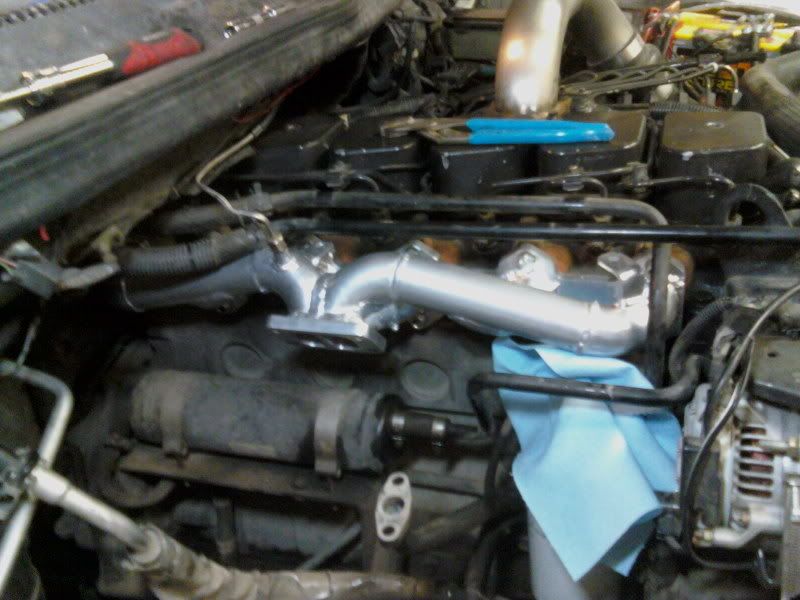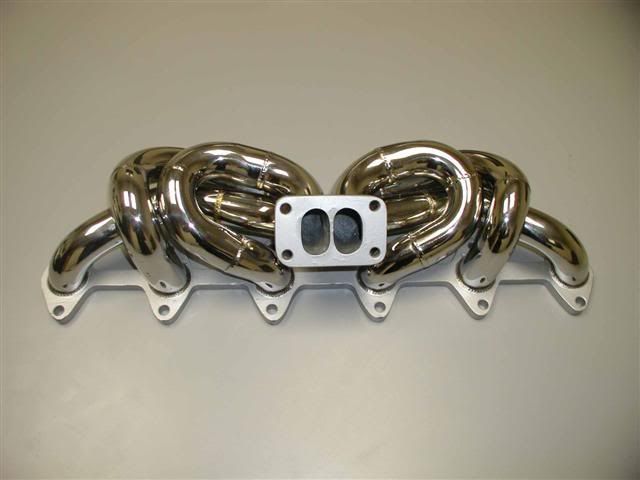The intire reason for individual headers , is to have a primary tube length to allow the 1st order wave to clear the primary before the 2nd order wave , the one that heads back up the tube to reach the valve.
The primary tube is a long as practical, within the confines of the space available . .
There in more to headers then a copy of a log manifold in tubing , the primary objective is to let the pulses created when the exhaust valve opens strike the turbine wheel , and use this to aid in driving the charger , this is the most efficient when all the pulses are keep separate and then brought together in a collector,. After the collector the length of the pipe is not near as critical.
The least efficient way to drive a charger is to use drive pressure .


